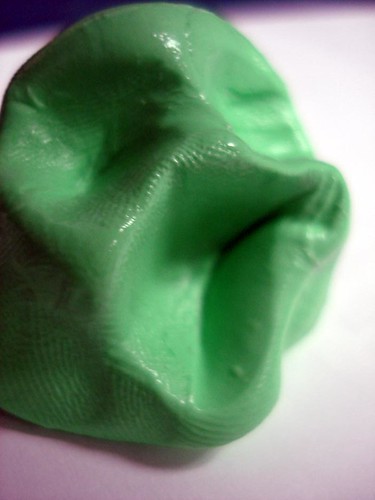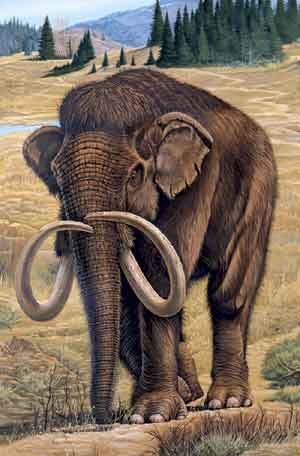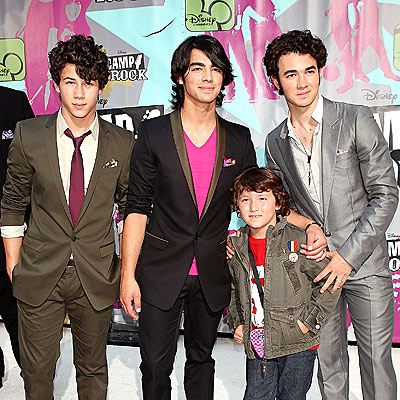Wednesday, May 27, 2009
Plasticity Lab Conclusion
Posted by doglover6164 at 2:28 PM 0 comments
Monday, May 18, 2009
October Sky Response
Posted by doglover6164 at 1:12 PM 1 comments
Wednesday, May 6, 2009
Response to Cystic Fibrosis
Posted by doglover6164 at 8:57 AM 0 comments
Tuesday, May 5, 2009
Genetic Disorders- Fragile X Syndrome

Fragile X Syndrome was first discovered in the late 1970's. It is a genetic disease that causes mental retardation, autistic-like behavior, and ADHD. Some more minor symptoms are depression, very slurred or broken speech, and no attempt to verbal communication. Unfortunately, there is no cure, but there are various drugs that are used to help, such as antidepressants, sleeping medication, and anxiety medications. The good news for people with Fragile X Syndrome is that their life span is usually unaffected by it. In the world, this disease occurs in about 1 in 4,000 males and 1 in 8,000 females. Males are more vulnerable. The cause of it is cells that are mutated by the Fragile X Syndrome mental retardation gene, which contains the Fragile X Syndrome mental retardation protein. The mGluR Theory of Fragile X might lead to further treatments. FRAXA-funded scientists are currently studying animals, and trials of new compounds are being planned. A clinical trial of one drug is underway. I feel really bad for people with this disorder. I hope they find a cure very soon. For more information go to
Posted by doglover6164 at 7:43 AM 0 comments
Wednesday, February 25, 2009
Mammoth Skeleton Found
Posted by doglover6164 at 12:59 PM 0 comments
Tuesday, February 24, 2009
Gaza Reconstruction
This article is about the reconstruction of Gaza, which will likely top $900 million. Hillary Clinton will also be leaving soon to go there. Organizations such as the United Nations are trying to help. Reconciliation talks are going to start in Egypt on Wednesday between Hamas and Palestinian president Mahmoud Abbas' Fatah movement. Abbas said, " This (new unity) government must have the acceptance and recognition of all parties."
I think it's good that people are reaching out to help Gaza. I'm excitied that Hillary Clinton will be traveling to the Middle East soon. Hopefully she can make things change. For more information go to http://news.yahoo.com/s/ap/20090224/ap_on_re_mi_ea/israel_us;_ylt=Alqs5lnMPfH5hjeMxiCxH5VvaA8F
Posted by doglover6164 at 12:58 PM 0 comments
Monday, February 23, 2009
Thursday, February 5, 2009
Roller Coasters
Posted by doglover6164 at 11:41 AM 0 comments
Wednesday, February 4, 2009
Minor Earthquake in Morris County
Scientists reported an earthquake in Morris County, NJ on Monday night. Fortunately it was minor; just a 3.0 magnitude one. Lauren Roman, a victim of the earthquake, said, "It just started like vibrating, the whole house was vibrating." Seismologists say that tremors like this one occur about once every five years. One seismologist, Leonardo Seeber, said that, "There might be aftershocks in the next several days." Thankfully, nobody was hurt.
I was kind of shocked to hear about this earthquake, especially since we don't get many around here. We were pretty lucky to not experience it. I was surprised to learn that the largest quake ever in our area was a 5.0 in 1884. I'm just glad that nobody got hurt. To learn more go to http://www.wpix.com/landing/?blockID=203648&feedID=1404
Posted by doglover6164 at 1:19 PM 0 comments
Friday, January 23, 2009
Solar Eclipse in the Indian Ocean
Posted by doglover6164 at 1:13 PM 0 comments
Wednesday, January 21, 2009
Our First Black President!

Posted by doglover6164 at 1:48 PM 0 comments
Thursday, January 8, 2009
More About Waves
Posted by doglover6164 at 1:17 PM 0 comments







